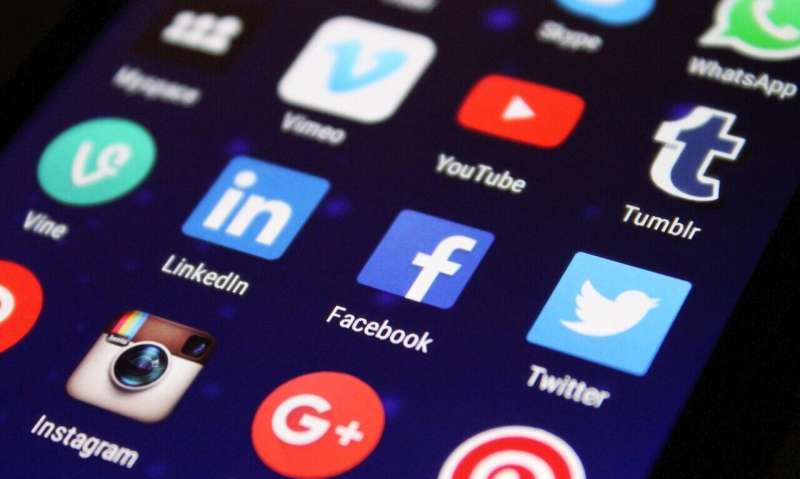Why your friends may be more susceptible to social influence than you are

Sadie Harley
scientific editor

Andrew Zinin
lead editor

When it comes to susceptibility to influence on social media, "It's not just about who you are—it's about where you are in a network, and who you're connected to," said Luca Luceri, a lead scientist at USC's Information Sciences Institute (ISI).
A new study by Luceri and his team at ISI finds that the likelihood that someone will be influenced online isn't spread evenly across a social platform. Instead, it clusters.
They call this the Susceptibility Paradox; it's a pattern in which users' friends are, on average, more influenceable than the users themselves. And it may help explain how behaviors, trends, and ideas catch on—and why some corners of the internet are more vulnerable to influence than others.
The paper, "The Susceptibility Paradox in Online Social Influence," was co-authored by Luca Luceri, Jinyi Ye, Julie Jiang, and Emilio Ferrara, and was presented at the 2025 International AAAI Conference on Web and Social Media (ICWSM), held June 23–26 in Copenhagen, Denmark. It was also on the arXiv preprint server.
The paradox of influence
To explore how this dynamic works, the researchers looked at two kinds of behavior on X/Twitter: influence-driven sharing, when people post something after seeing it from others in their network; and spontaneous sharing, when they post without that exposure.
They found that in influence-driven cases, people who were less likely to be influenced were often surrounded by others who were more likely to share what they saw. This mirrors the Friendship Paradox, a finding from network science that says your friends are likely to have more friends than you do.
"What makes this interesting is that susceptibility is not just a personal trait," said Luceri, who is also a Research Assistant Professor at USC Viterbi School of Engineering. "It's something you can infer just from the influenceability of users in your network, who surround you or interact with you."
Where does susceptibility cluster?
The team also found that these more influenceable users don't appear randomly across the network. Jinyi Ye, an ISI research assistant and first-year Ph.D. student in computer science at USC, said she was struck by how tightly clustered these users appeared.
"We could see they were connected and influenceable in the same way," she said.
This pattern, known as homophily, was especially strong in influence-driven sharing. People who post because they saw others do it were often part of tight-knit circles with similar behavior. This suggests that social influence operates not just through direct exchanges between individuals, but is also shaped and constrained by the structure of the network.
Predicting who will share
The researchers also looked at whether it's possible to predict who is likely to share content based on social influence. For influence-driven behavior, they found that susceptibility metrics alone were highly predictive.
In many cases, knowing how a user's friends behave was enough to estimate how the user would behave. Spontaneous sharing was different. When people shared content without apparent peer exposure, their decisions were harder to predict from the network alone. In this case, user-level features, such as account metadata and personal traits, were also very informative.
This contrast reinforces a key point: some online behavior is shaped more by a person's social environment, while other behavior comes down to individual characteristics.
What's next
The team is now looking at how susceptibility changes over time. "We want to see if people become more or less influenceable depending on what's happening in their network," said Ye. And while the findings are theoretical, the authors note their potential real-world applications.
"Understanding how and where influence concentrates across a network is a first step toward mitigating its harmful effects," she continued. Mapping how susceptibility clusters online could inform efforts to counter misinformation, support public health campaigns, or identify communities that may be especially vulnerable to influence.
More information: Luca Luceri et al, The Susceptibility Paradox in Online Social Influence, arXiv (2024).
Journal information: arXiv
Provided by University of Southern California




















